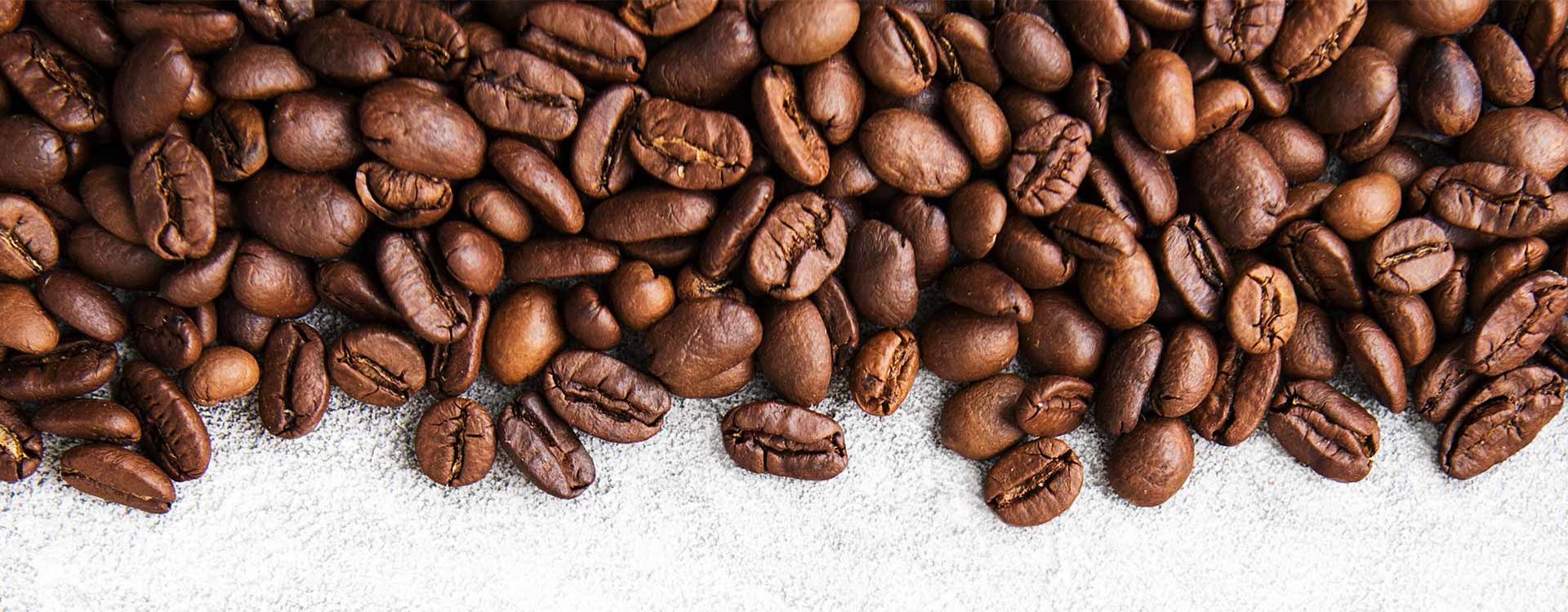Address
18882 Brake Shoe Road
Meadville, PA 16335
Phone
814.853.3260
Fax
814.807.0870

 Coffee grown worldwide can trace its heritage back centuries to the ancient coffee forests on the Ethiopian plateau.
Coffee grown worldwide can trace its heritage back centuries to the ancient coffee forests on the Ethiopian plateau.
The story goes that Kaldi (legendary goat herder) discovered coffee after they noticed that after eating the berries from a certain tree, his goats became so energetic that they did not want to sleep at night.
Kaldi reported his findings to the abbot of the local monastery, who made a drink with the berries and found that it kept him alert through the long hours of evening prayer. The abbot shared his discovery with the other monks at the monastery, and knowledge of the energizing berries began to spread.
As word moved east and coffee reached the Arabian Peninsula, it began a journey which would bring these beans across the globe.
Coffee cultivation and trade began on the Arabian Peninsula. By the 15th century, coffee was being grown in the Yemeni district of Arabia and by the 16th century it was known in Persia, Egypt, Syria, and Turkey.
European travelers to the Near East brought back stories of an unusual dark black beverage. By the 17th century, coffee had made its way to Europe and was becoming popular across the continent but still cultivated only in the Middle East. By the mid-17th century, there were over 300 coffee houses in London, many of which attracted like-minded patrons, including merchants, shippers, brokers and artists.
In the mid-1600’s, coffee was brought to New Amsterdam, later called New York by the British.
Though coffee houses rapidly began to appear, tea continued to be the favored drink in the New World until 1773, when the colonists revolted against a heavy tax on tea imposed by King George III. The revolt, known as the Boston Tea Party, would forever change the American drinking preference to coffee.
As demand for the beverage continued to spread, there was fierce competition to cultivate coffee outside of Arabia. The Dutch finally got seedlings in the latter half of the 17th century. Their first attempts to plant them in India failed, but they were successful with their efforts in Batavia, on the island of Java in what is now Indonesia.
The plants thrived and soon the Dutch had a productive and growing trade in coffee. They then expanded the cultivation of coffee trees to the islands of Sumatra and Celebes.
In 1714, the Mayor of Amsterdam presented a gift of a young coffee plant to King Louis XIV of France. The King ordered it to be planted in the Royal Botanical Garden in Paris. In 1723, a young naval officer, Gabriel de Clieu obtained a seedling from the King’s plant. Despite a challenging voyage — complete with horrendous weather, a saboteur who tried to destroy the seedling, and a pirate attack — he managed to transport it safely to Martinique.
Once planted, the seedling not only thrived, but it’s credited with the spread of over 18 million coffee trees on the island of Martinique in the next 50 years. Even more incredible is that this seedling was the parent of all coffee trees throughout the Caribbean, South and Central America.
The famed Brazilian coffee owes its existence to Francisco de Mello Palheta, who was sent by the emperor to French Guiana to get coffee seedlings. The French were not willing to share, but the French Governor’s wife, captivated by his good looks, gave him a large bouquet of flowers before he left— buried inside were enough coffee seeds to begin what is today a billion-dollar industry.
Fast forward a few hundred years and here we are. We now have around 6,500 species worldwide all from that one little plant in Ethiopia! In a matter of 400 years, humans have figured out how to breed coffee to eliminate disease, increase flavor and raise production volume. Science and technology will likely continue to help the coffee plant evolve and change in the coming years.
The coffee from the 1500’s likely tasted flat, bitter and very acidic. We have learned that a number of factors can impact the overall experience of coffee. Below are some of the major factors impacting the coffee experience.
Altitude: Generally, the higher the coffee is grown the more floral and fruity notes you will find. Some coffee can grow up to 6,000 feet above sea level. Most is grown in the 2,000-3,500 ft. range.
Region: Different regions bring different soil components (volcanic, clay, loam) and bring different flavor aspects to the cup.
Variety: Some varieties differ greatly in flavor profile while others are not noticeable.
Preparation Method: Natural, Honey, Fully Washed, Dry Process or a combination of each the processing method greatly impacts the outcome of the coffee.
Bean Size: Smaller beans sometimes pack more flavor (like peaberry) while larger beans are not as robust.
Roasting: Out of all the factors influencing your coffee experience, the biggest influence in my opinion would have to be that of roasting. Without a skilled coffee roaster and proper equipment, you are left with a small flavorless seed. It’s not until that seed is roasted do you get the flavor profile that 64% of Americans enjoy daily. No matter if you like it light, medium, dark, sugar, cream or something else; the roaster is the person who creates your experience.
Understanding the world of coffee is complex and difficult. So many factors impact the taste of what you drink each day we must rely on science for guidance. Now we have an increasing number of environmental factors impacting the coffee industry and we must prepare ourselves for what’s to come. With COVID-19 now impacting the coffee industry we will likely see price increases. If that’s the case, we need to be more selective in what we bring into the shop. Chances are the number of menu options will decrease, carrying only what sells the best. This is not all bad though! A decreasing number of options can lead you to try coffees you may never thought would be good. We will need to be accepting and flexible with our choices. We will also need to remember that coffee makes a long journey from farm to cup and there are a number of families impacted in the supply chain by things like COVID-19.
So now you see that not all coffee is created equal. Make sure you’re drinking a high quality product while supporting your local small businesses if possible.